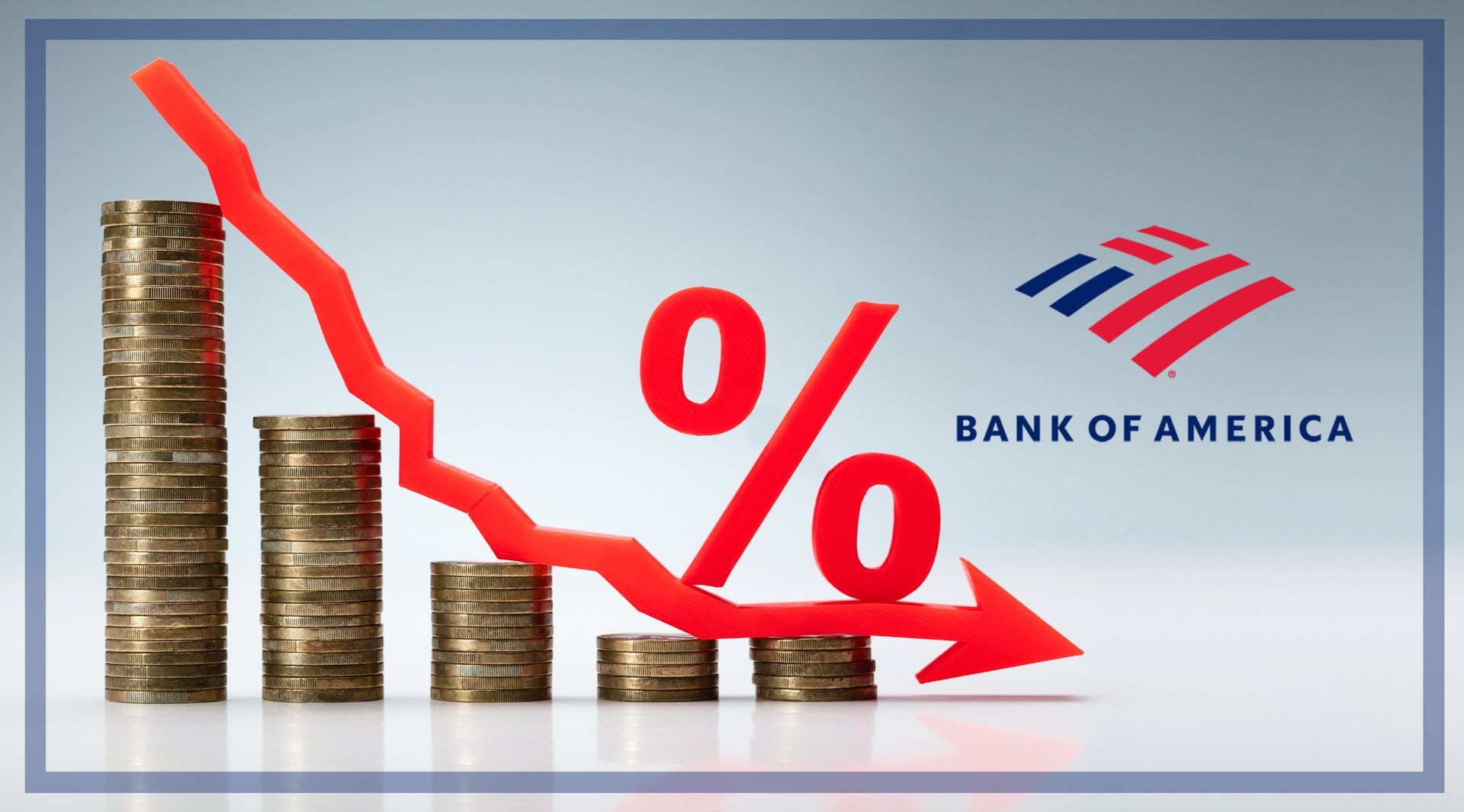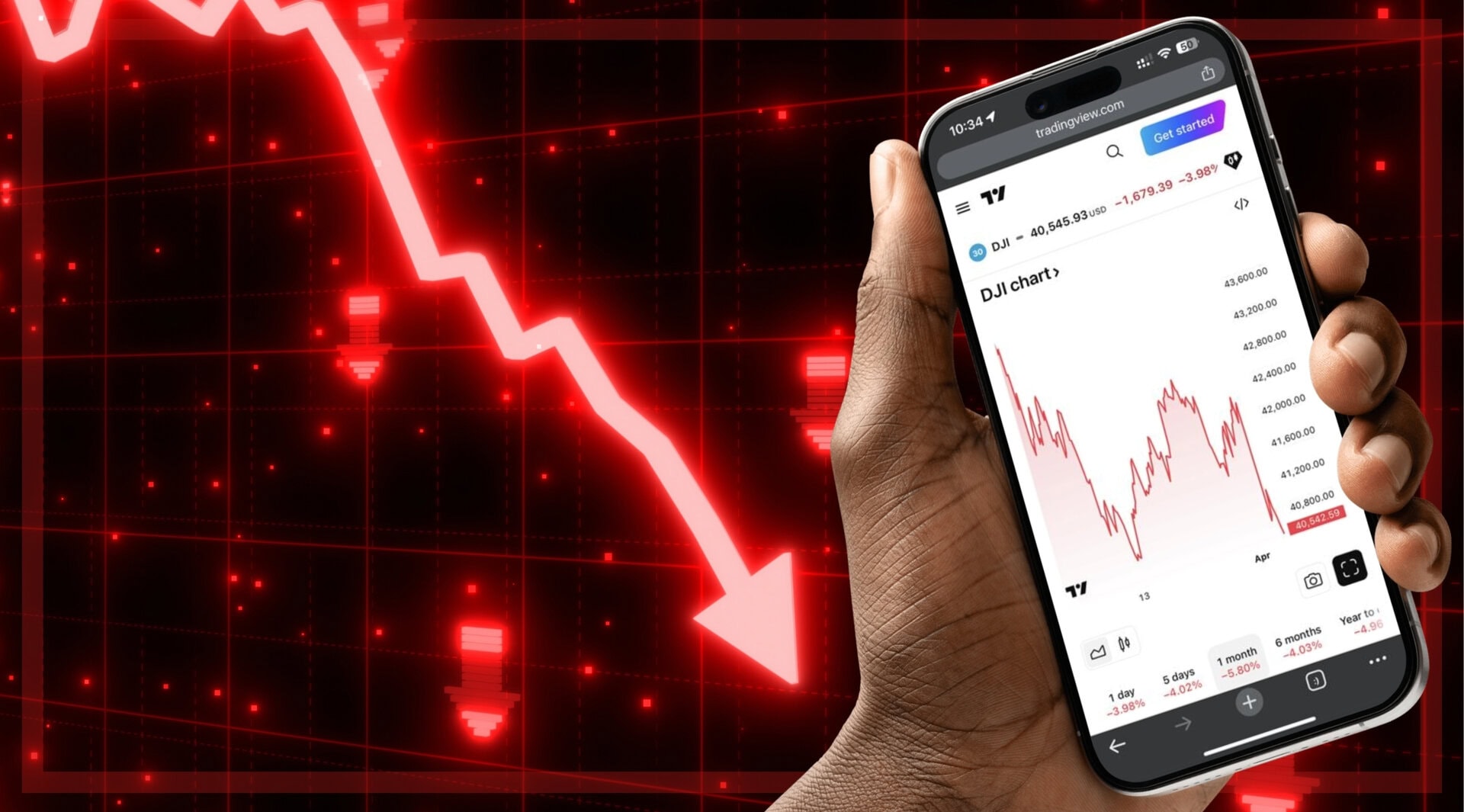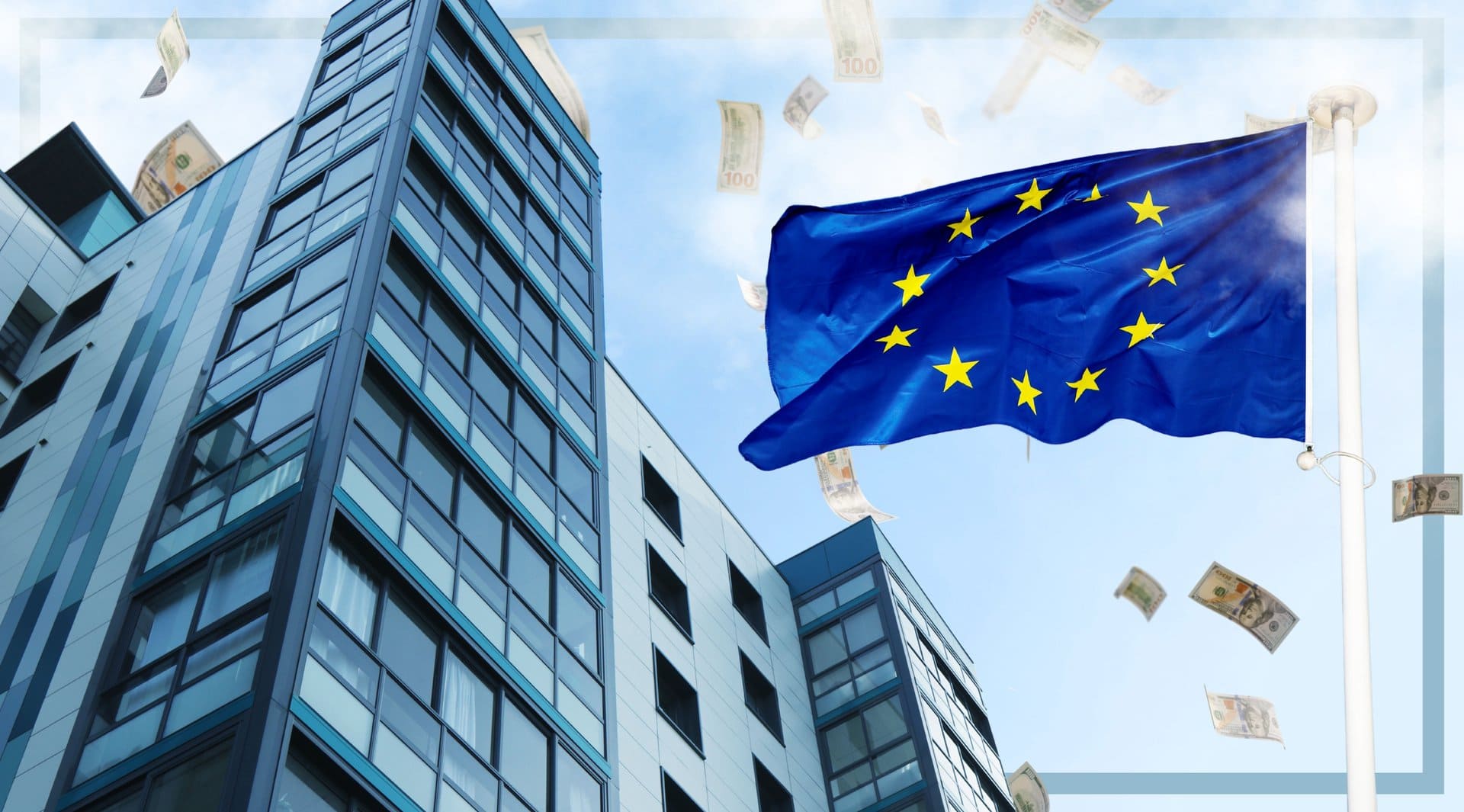In recent months, Bank of America’s CEO, Brian Moynihan, has been outspoken about his desire to see the Federal Reserve cut interest rates. This call to action has stirred up quite the conversation in the financial world, with many wondering whether Moynihan’s plea is a carefully calculated strategy or a sign that the banking giant is feeling the pressure from an increasingly volatile economic environment. But what exactly is driving Moynihan to push for this rate cut, and how might it impact Bank of America and the broader banking industry?
Moynihan’s Call for a Rate Cut
"The Fed's got to get normalized and then get out of the way," says Bank of America CEO Brian Moynihan. "We have four rate cuts for this year, four in 2025. We've got to get the rate structure in a way that has more flexibility up and down." pic.twitter.com/ec9L7WKniJ
— Win Smart, CFA (@WinfieldSmart) January 16, 2024
Moynihan has been no stranger to bold statements, but his recent comments urging the Federal Reserve to lower interest rates have particularly grabbed the attention of the financial space. Moynihan has argued that lower interest rates would give banks the breathing room they need to stabilize their earnings in what he calls a “softening economy.” In his view, cutting rates could create more favorable conditions for consumers, who may be struggling with loans, and for businesses, which might otherwise pull back investments. This appeal was made during a week in the US economy marked by high turbulence and market jitters, as multiple media sources headlined.
Currently, the Federal Reserve’s interest rates sit at historically high levels after rapid rate hikes to combat inflation. As of August 2024, the federal funds rate is set at 5.25% to 5.50%, which is the highest it has been in 23 years. This rate has been maintained since the start of 2024 following 11 rate hikes in 2022 and 2023. In an interview, Moynihan emphasized, “a rate cut could relieve some of the tension in the credit markets and give banks a much-needed opportunity to boost profitability while helping customers.”
Though Moynihan’s arguments for a rate cut have merit, the move also raises questions about the bank’s underlying health. After all, if BofA’s business is truly on solid ground, why the sudden urgency for lower rates?
“The expected rate cuts raise a big question: Why would central bankers lower borrowing costs when the economy is experiencing surprisingly strong growth?” Fed will have some explaining to do, acknowledges @jeannasmialek @nytimes even as she asserts that current Fed funds rate of…
— Judy Shelton (@judyshel) January 30, 2024
The Logic Behind the Appeal
The rationale behind Moynihan’s appeal is complex. One of the primary factors is the state of the US economy. Despite predictions of a recession in 2023, the anticipated downturn did not materialize. Inflation rates reached their peak in the fall of 2022 and have been on a downward trajectory since. In fact, as of July 2024, the annual inflation rate for the United States was 2.9%.
Similarly, an economic outlook by JPMorgan revealed that the real GDP growth is expected to be between a slight expansion and contraction for much of 2024. However, consumer spending or PCE has bottomed — data from the Congressional Budget Office (CBO) shows — with people spending at a growth rate of about 1.1% this year — a material drop from the 2.2% rate in 2023.
Bank of America CEO Brian Moynihan on where the American consumer base stands now: "The consumer has slowed down. They have money in their accounts, but they’re depleting a little bit. They're employed, they’re earning money — but if you look at it, they've really slowed down." pic.twitter.com/EzjQFmB169
— Face The Nation (@FaceTheNation) August 11, 2024
Moynihan highlights that consumers “have money in their accounts, but they’re depleting a little bit. They’re employed, they’re earning money, but if you look at it […] they’ve really slowed down.” This points to the cautious approach consumers are taking due to economic uncertainties. Consumers are depleting their savings to maintain their lifestyles, especially during the summer months, suggesting that despite having a steady income, consumers are feeling the pinch of the economic situation. Thus, this slowdown in consumer spending, combined with the ongoing disinflation, has led to the call for a rate cut.
Moreover, Moynihan believes that the war on inflation has been won and cautions against maintaining high rates for too long. He advocates for a more accommodating monetary policy, suggesting that the Federal Reserve should be more proactive in stimulating the economy.
Bank of America CEO Brian Moynihan tells @margbrennan the Federal Reserve has won "the battle" of inflation as "inflation's tipping over."
— Face The Nation (@FaceTheNation) June 4, 2023
"U.S. consumer activity is slowing down, which then if you project that out, ought to bring inflation down to match it," he adds. pic.twitter.com/4bmLJM5lSS
Moynihan argued that if rates don’t start decreasing soon, it could dispirit the American consumer, a clear warning about the potential negative impact of high interest rates on consumer sentiment. He also defended the Fed’s independence, while responding to a statement by former President Donald Trump, stating economies with independent central banks tend to fare better, thereby endorsing the importance of an independent central bank in managing the economy.
Why has the BofA taken such a strong view on this? Analysts note that while lower interest rates might bring short-term gains, they could also erode the bank’s future earnings potential. “If Bank of America is unable to adjust to the current rate environment, that could be a sign that the bank’s business model needs some serious reevaluation,” said a source.
Let's dive in: markets are currently forecasting a rate reduction at each Federal Open Market Committee (FOMC) gathering throughout 2024, commencing in May.
— fxevolution (@fxevolution) January 29, 2024
This projection entails six cuts of 25 basis points each, resulting in a decrease of the overnight rate to 4%.
Bank of… pic.twitter.com/HyQSlsBfFL
In any case, a cut in interest rates can also act as a shot of adrenaline or a buffer for the economy. Lower borrowing costs for businesses and consumers can lead to increased investment and spending, which can help accelerate economic growth.
Michael Hartnett, BofA strategist, believes, "Higher-for-longer real interest rates are slowly and decisively hurting the US consumer and labor market."
— Wall St Engine (@wallstengine) August 9, 2024
"Global rate cuts are no longer a question of 'if' or 'when,' but rather, 'will cuts work?' Big cuts are needed to be…
Impacts On The Bank
The potential impact of a rate cut is substantial, not just for Bank of America, but for the wider banking industry as well. A rate cut could ramp up economic activity by making borrowing cheaper, thus encouraging spending and investment.
For BofA, a rate cut could enhance its profitability. Lower interest rates could stimulate borrowing, leading to higher loan volumes and interest income. The bank anticipates the first Fed rate cut in June and expects the central bank to cut 25 basis points per quarter in 2024. This suggests that the bank is preparing for a lower interest rate environment.
Let's dive in: markets are currently forecasting a rate reduction at each Federal Open Market Committee (FOMC) gathering throughout 2024, commencing in May.
— fxevolution (@fxevolution) January 29, 2024
This projection entails six cuts of 25 basis points each, resulting in a decrease of the overnight rate to 4%.
Bank of… pic.twitter.com/HyQSlsBfFL
In consequence, this could lead to higher levels of unemployment. However, the bank’s economists are calling for a soft landing rather than a recession. BofA perhaps seems to imply that the economy can adjust to lower interest rates without a consequential increase in unemployment.
Consumers would also earn less interest on their savings. This could possibly lead to a shift in consumer behavior, with more emphasis on spending rather than saving. Lower rates could stimulate economic activity by making borrowing cheaper. This could lead to an increase in PCE and investment, boosting the economy. That’s a win.
Further, the current flattening of the yield curve appears to have increased banking-sector profitability, alluding that banks can adapt to a changing interest rate environment and maintain their profitability. However, Banks’ NII growth could be hampered as the yield curve inverts and the spreads between short- and long-term rates narrow.
Now, although Bank of America’s net profit margin as of June 30, 2024, is 13.28%, indicating that the bank is still profitable despite the economic conditions, this cut could have serious consequences on the profitability of banks. The rate cut could impact the value of bank stocks, possibly leading to a shift in investor sentiment towards the banking sector.
With the U.S. unemployment rate rising to 4.3% in July 2024, the highest since October 2021, this could be a key factor in the economy’s response to the rate cuts. For this reason, US Senator Elizabeth Warren of Massachusetts has joined the discourse, calling Federal Reserve Chair Jerome Powell to “cut rates now.”
Fed Chair Powell made a serious mistake not cutting interest rates. He’s been warned over and over again that waiting too long risks driving the economy into a ditch.
— Elizabeth Warren (@SenWarren) August 2, 2024
The jobs data is flashing red.
Powell needs to cancel his summer vacation and cut rates now — not wait 6 weeks. https://t.co/PmzEi45Ggi
In the end, the request for rate cut by BofA, seems to be more of a well-thought-out forward leap rather than a desperate measure. It’s a calculated decision that’s aimed at stimulating economic activity and easing pressure on consumers.
However, only time will tell whether this move will have the desired effect and lead to a soft landing for the economy. The real test will be how the economy responds to these rate cuts in the coming months and years.
Author: Richardson Chinonyerem
#Banking #InterestRates #Inflation #USEconomy #BofA















